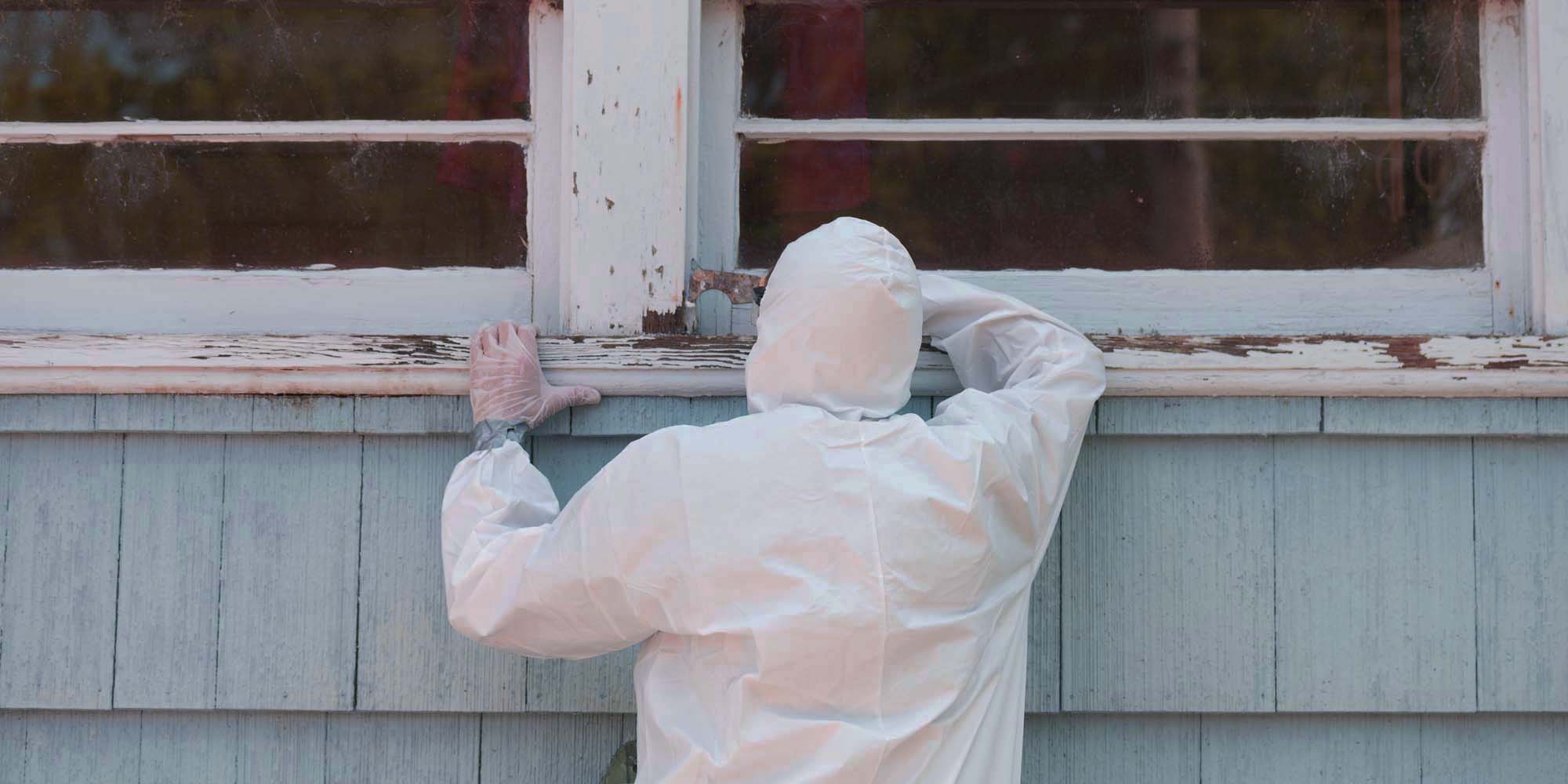DOH & HPD Lead Violation Removal NYC-- Expert Solutions for Compliance
DOH & HPD Lead Violation Removal NYC-- Expert Solutions for Compliance
Blog Article
Comprehensive Guide on Effective Lead Violation Removal Techniques
In the realm of environmental safety and security, dealing with lead infractions demands a precise and organized technique. This detailed guide starts by highlighting the vital first steps of identifying lead dangers with innovative assessment and screening techniques. Methods such as XRF evaluation and dirt clean sampling are crucial in determining contamination sources. Moreover, the guide elaborates on the importance of sticking to rigid safety procedures throughout the elimination procedure, including the use of appropriate PPE and isolating affected areas (Lead Paint Removal Company). The subsequent areas assure to review post-removal confirmation and preventative strategies, ensuring lasting security and conformity. Discover the elaborate details that make these techniques not simply effective but necessary.
Identifying Lead Dangers
Recognizing lead threats is a critical very first step in reducing the risks associated with lead exposure. Lead, a poisonous steel, can be existing in different environmental tools, including paint, dirt, water, and dust.
The initial phase in identifying lead hazards involves understanding common lead sources within the developed setting. Structures built prior to 1978 are especially susceptible due to the widespread usage of lead-based paint throughout that period. In addition, soil contamination can occur from weakening outside paint, industrial discharges, or historic use of leaded fuel.
Another considerable source is lead piping and plumbing components, which can leach lead into drinking water. Consumer products such as toys, porcelains, and imported items may also have hazardous lead degrees. Notably, work-related atmospheres and leisure activities entailing lead can track pollutants into homes.
Analysis and Screening
When attending to lead risks, efficient analysis and testing are vital. This crucial step makes sure the identification and quantification of lead visibility, thereby assisting subsequent remediation initiatives. First evaluation normally involves a visual evaluation to determine potential lead resources, such as degrading paint or infected dust. This is matched by more strenuous screening methods to ascertain the degree of contamination.

Dust wipe tasting is another important technique, especially in residential settings. By accumulating samples from floorings, windowsills, and other surfaces, this technique supplies understandings into prospective direct exposure threats. Soil testing around building boundaries is vital to discover lead contamination that might present dangers, particularly to kids.
Safe Removal Treatments
Upon completing extensive evaluation and testing, executing risk-free removal procedures is the following critical phase in resolving lead hazards. This procedure makes sure that lead-contaminated products are effectively and securely gotten rid of, lessening threat to both employees and locals. The first action entails isolating the damaged area using plastic sheet and correct securing strategies to avoid the spread of lead dirt.
Employees have to put on proper personal protective tools (PPE), consisting of respirators, gloves, and non reusable coveralls, to alleviate exposure. Utilizing specialized tools and wet methods, such as wet fining sand or making use of HEPA-filtered vacuums, lowers Lead Violation Removal in NYC the dispersion of lead particles. It is critical to stay clear of completely dry fining sand or rough blowing up, as these techniques can generate hazardous lead dirt.
Garbage disposal is one more important part; all polluted materials should be firmly landed and labeled according to EPA and local policies. Furthermore, detailed cleaning of the work area with HEPA vacuums and wet cleaning guarantees the elimination of recurring lead bits.
Post-Removal Confirmation

Confirmation of effective lead removal, recognized as post-removal confirmation, is important to make certain the safety and security and habitability of the remediated location. This procedure involves a series of careful assessments and examinations made to identify any kind of residual lead particles that may position wellness threats. The initial action generally consists of a visual evaluation to analyze the completion and quality of the removal job. This inspection makes certain that all well-known resources of lead have been attended to and that no noticeable signs of contamination remain.
Adhering to the visual inspection, environmental sampling is conducted. This includes collecting dirt, dirt, and often water samples from the remediated area. Recognized research laboratories evaluate these examples to gauge lead levels, ensuring they drop listed below the safety thresholds developed by governing bodies such as the Epa (EPA)
In addition, air top quality screening may be carried out to spot airborne lead fragments, especially in situations where considerable lead-based paint removal or renovation has happened. The results of these examinations give measurable information validating that the lead levels are within permitted restrictions.
Eventually, post-removal verification functions as a vital checkpoint, verifying the efficiency of the lead abatement initiatives and guarding the wellness of passengers and site visitors.
Safety Nets and Maintenance

A key safety net consists of making use of lead-safe licensed service providers for any type of improvement, fixing, or painting tasks. These experts are learnt practices that lessen lead dirt and debris. In addition, preserving coloured surfaces to avoid damaging or peeling off is important, as deteriorating paint can release lead fragments into the environment.
Educational campaigns targeting homeowner and tenants concerning the dangers of lead and the relevance of reporting any kind of potential risks can additionally improve precautionary efforts. Regular cleansing using HEPA vacuums and damp mopping strategies can dramatically lower lead dust build-up.
Conclusion
In recap, effective lead offense removal necessitates a meticulous method incorporating thorough assessment, accurate testing, and rigorous removal procedures. Ongoing examinations and upkeep are vital to reduce future lead threats, therefore protecting public health and wellness and making sure sustained compliance with regulative needs.
Report this page